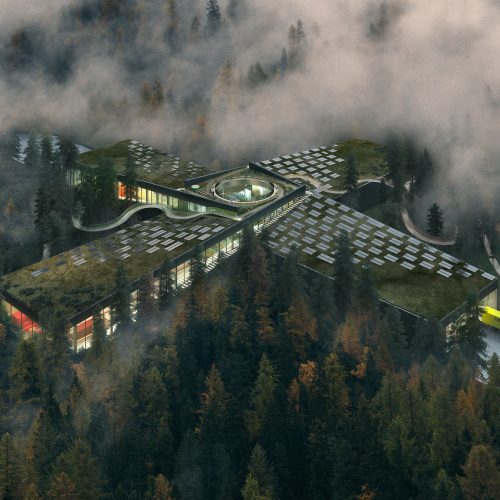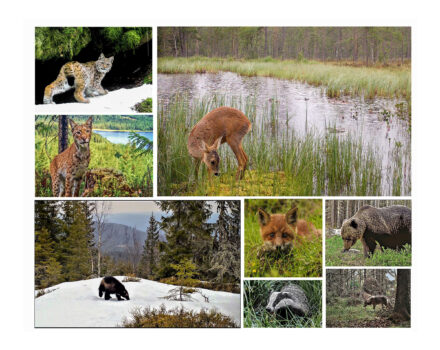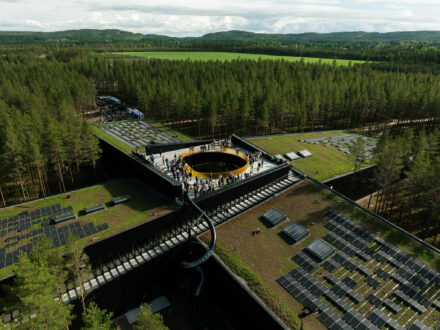Magnor has a rich cultural and industrial heritage, which we want more people to get to know. Vestre’s goal is to help turn Magnor into an international brand by linking the area’s proud history to tomorrow's sustainable solutions.
The little town of Magnor is located in Eidskog municipality in the southern part of Norway’s Innlandet County. Oslo is just 110 km away, and Sweden just a stone’s throw. Kongsvinger is the nearest major town, with 18,000 inhabitants, while Arvika in Sweden has a population of 26,000. This proximity to Sweden is one of the things that delights us about Magnor. For we believe in Scandinavian industrial collaboration and exploiting the strengths of each individual country.
Magnor has been a centre for travel, production and trade for more than 7,000 years. Forest dwellers and people travelling on foot, by horse or boat along the Vrangselv river settled here. Archaeologists have found flint arrowheads from 800 years BCE, and hunting pits and log boats from 400 BCE, confirming that the area was populated at an early stage. In 871 CE, Norway’s Harald Fairhair took neighbouring Värmland from King Erik of Sweden, and so commenced several centuries of Norwegian dominion over this whole region.Accompanied by several thousand warriors, King Olaf II Haraldson (later to become St Olaf) travelled through the forests bordering the Vrangselv river in 1028. After he was killed at the Battle of Stiklestad in 1030, pilgrimages to Nidaros (as Trondheim was then called) began almost immediately. People wanted to see the holy king, and many people came from all across Europe on summer or winter roads that passed through Magnor. The old pilgrim route has recently been restored and reopened.
Värmland was not returned to Sweden until 1389, when Queen Margareta took power. Several centuries later, in 1610, a group of early immigrants arrived in Norway via Magnor. They were Forest Finns, known for their slash and burn agriculture. They burned patches of forest to create fertile soil in which to grow rye.
There have always been good relations between people on both sides of the border in this area. It is said that when Sweden's General Carl Gustav Armfeldt was assembling an army to attack Norway in 1808, he refused to enrol men from Värmland, because there were so many with wives from across the border. On the Norwegian side, the farmers of Eidskog were reluctant to go to war against their good neighbours in Värmland. The first post road and international telephone line between Stockholm and Oslo also ran through Magnor.
Thanks to its strategic location, Eidskog is mentioned in Snorre Sturlason’s sagas. Over the centuries, many important people have travelled through it. Magnor is a place name which often crops up in travel literature written in many different languages. Magnor was by no means unknown in the wider world during the 19th century.
Welcome to The Plus!



